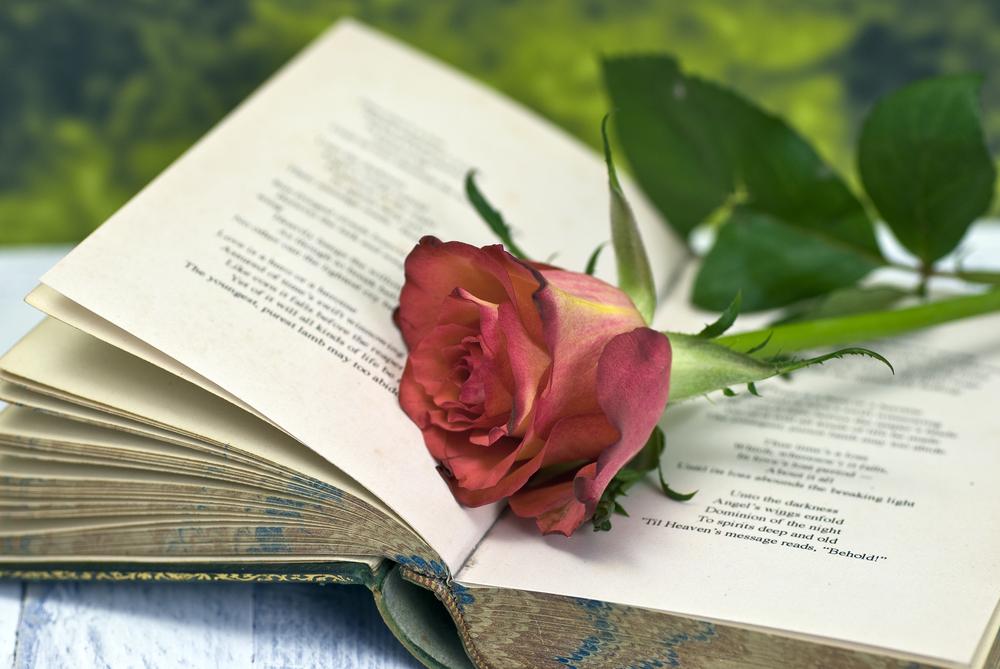There is something magical about a well-written poem. Using nothing more than ink on paper, one can experience the same thrill as produced by a scene that costs millions of dollars to put on the big screen; one can experience the same momentous payoff that may take hundreds of pages of novel reading to reach. No screen, no battery, no app required—heck, not even electricity required.
And yet, if you were asked to mention a magical experience of reading a poem that you recently read, chances are you would be hard-pressed to produce one. That is the reality of poetry reading today. The really good poetry was written by some dead poet, who is eternally removed from the present. As good as a poem may be, the feeling of connection that one receives from a living writer, whether in a novel or social media post, is simply not there.






